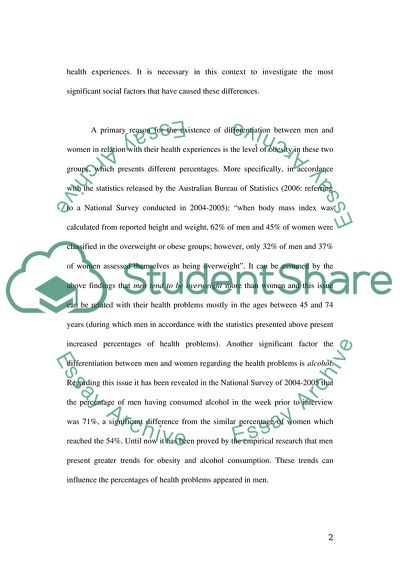Cite this document
(Mens and Womens Health Experiences Assignment Example | Topics and Well Written Essays - 1250 words, n.d.)
Mens and Womens Health Experiences Assignment Example | Topics and Well Written Essays - 1250 words. https://studentshare.org/gender-sexual-studies/1707250-man-and-health
Mens and Womens Health Experiences Assignment Example | Topics and Well Written Essays - 1250 words. https://studentshare.org/gender-sexual-studies/1707250-man-and-health
(Mens and Womens Health Experiences Assignment Example | Topics and Well Written Essays - 1250 Words)
Mens and Womens Health Experiences Assignment Example | Topics and Well Written Essays - 1250 Words. https://studentshare.org/gender-sexual-studies/1707250-man-and-health.
Mens and Womens Health Experiences Assignment Example | Topics and Well Written Essays - 1250 Words. https://studentshare.org/gender-sexual-studies/1707250-man-and-health.
“Mens and Womens Health Experiences Assignment Example | Topics and Well Written Essays - 1250 Words”. https://studentshare.org/gender-sexual-studies/1707250-man-and-health.


